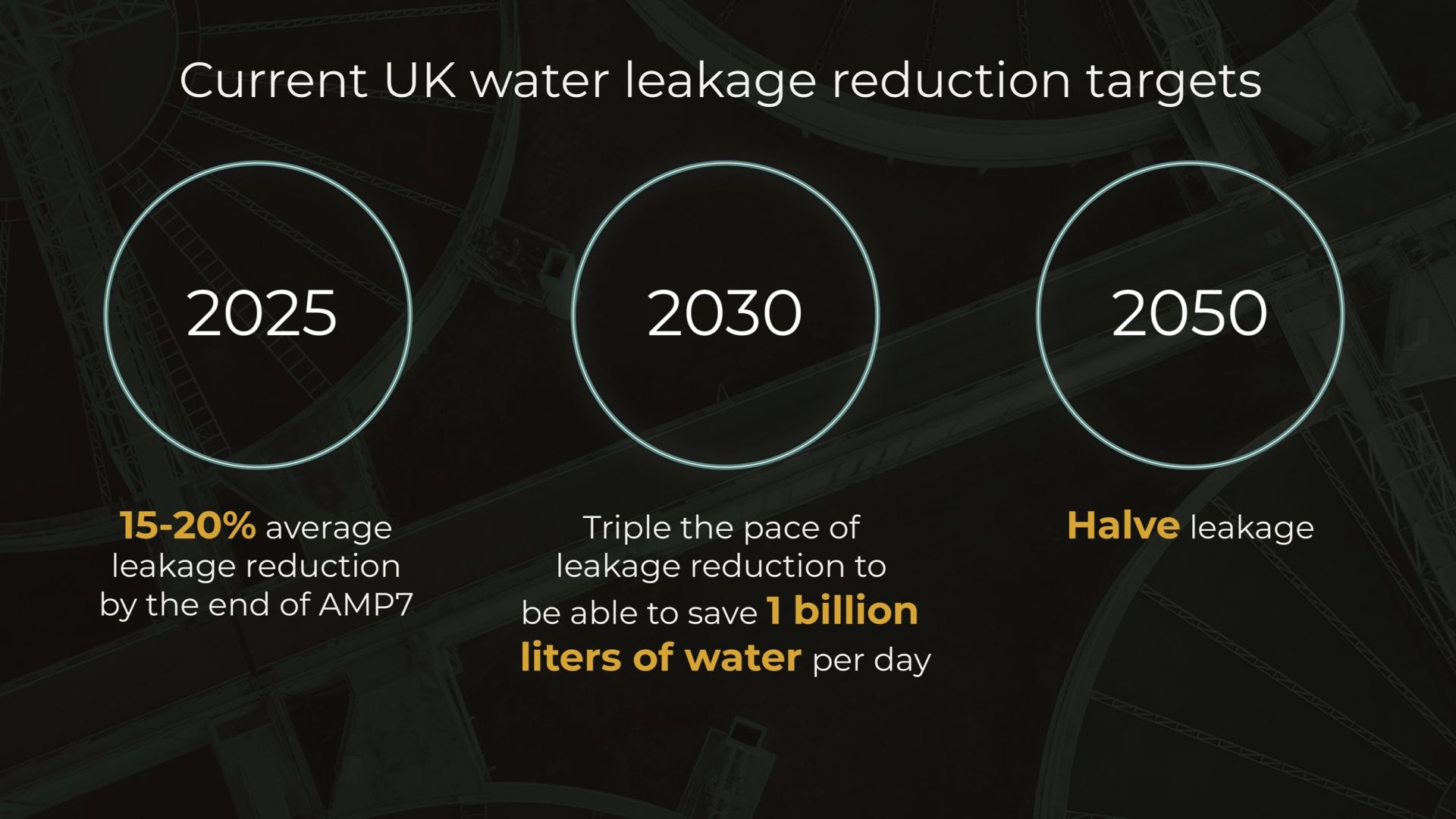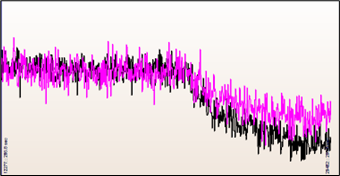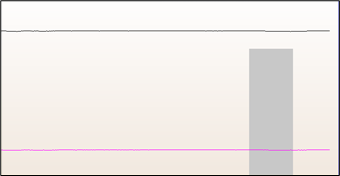
With large parts of the UK water pipeline network classified as aging, monitoring pipeline infrastructure for new and existing leakage should consistently remain a priority for water utilities in England and Wales, but that’s not always the case.
Water utilities in England and Wales have regulatory commitments to the Water Services Regulation Authority (Ofwat). Ofwat sets spending cycles in five year periods called asset management periods (AMPs), with utilities’ spending behaviours fitting into these cycles and priorities changing according to the focus of the current AMP. While pipeline monitoring, leakage reduction and more should always remain key areas of focus for water utilities, that’s not always the case.
Discussing AMP7 and the fast approaching AMP8, Atmos’ Business Development Director for water, Martin Duff, looks at how utilities can gear up for AMP8 while still maintaining a focus on leakage reduction to reduce water supply interruptions further down the catchment.
Looking back at AMP7
Covering 2020-2025, AMP7 has seen a focus on driving environmental investigation, protection and change with a view to reducing leakage by an average of 15-20% by 2025. This target sits alongside 2030 and 2050 targets aimed at utilities saving water on a more impressive scale.
Looking ahead to AMP8
Starting in April 2025, AMP8 will be the driving force of spending behaviours until 2030. AMP8’s focus areas have already been announced and will prioritize commitments to climate change, the environment, service and society. Water utilities are expected to achieve considerably more in AMP8 than in the previous spending cycle and this is reflected in the fact that utilities’ submitted business plans for 2025-2030 total almost twice the spend of AMP7.
Here’s how a water utility can ensure they make the right investment for their supply network in AMP8.
Money well spent: Optimizing investment in AMP8
Data quantity
Reducing water leakage will remain a top priority, with AMP8 emphasizing the importance of service and maintaining water supply, so water utilities should be actively considering investing in leak detection technology that takes a data driven approach.
Upstream water supply networks typically attract little investment in monitoring so there’s currently a lack of leakage data available as utilities focus on leak detection further down the catchment. However, water supply interruptions are also a major focus area for water utilities and are directly linked to trunk mains burst events, causing end user supply interruptions and fines related to customer minutes lost (CMLs).
As well as the quantity of data available, there’s also an issue with the quality of leakage data currently being used by water utilities.
Data quality
Current approaches to water leakage reduction typically rely only on finding existing leakage using acoustic technology in the downstream network. In the upstream network advanced pressure management is deployed within the network to try to minimize the impact of leakage but a lack of instrumentation and data sensitivity means existing leaks aren’t detectable and new leaks forming are hard to identify and locate using this technique. Atmos works with an understanding that it’s equally as important to identify new leakage as existing leakage, especially when every second counts in CMLs, and so deploys a multi-method approach to find new leaks forming and existing leaks.
Newly forming leaks generate negative pressure waves that propagate in both directions of the pipeline at approximately the speed of sound, so Atmos collects 60 Hz pressure data to capture and quickly identify and locate these newly forming leaks.
Figure 1: An actual leak event recorded using SCADA data (left) compared with the same data recorded using instrumentation from Atmos (right)
Further value can be added to the data through the human element of engineers completing offline data analysis to provide a precise leak location.
Utilities looking to optimize their spend in AMP8 should factor in leak detection solutions that collect high resolution data if they want to achieve the objectives set by Ofwat, minimize their CMLs and reduce any fines associated with leakage in their network.





